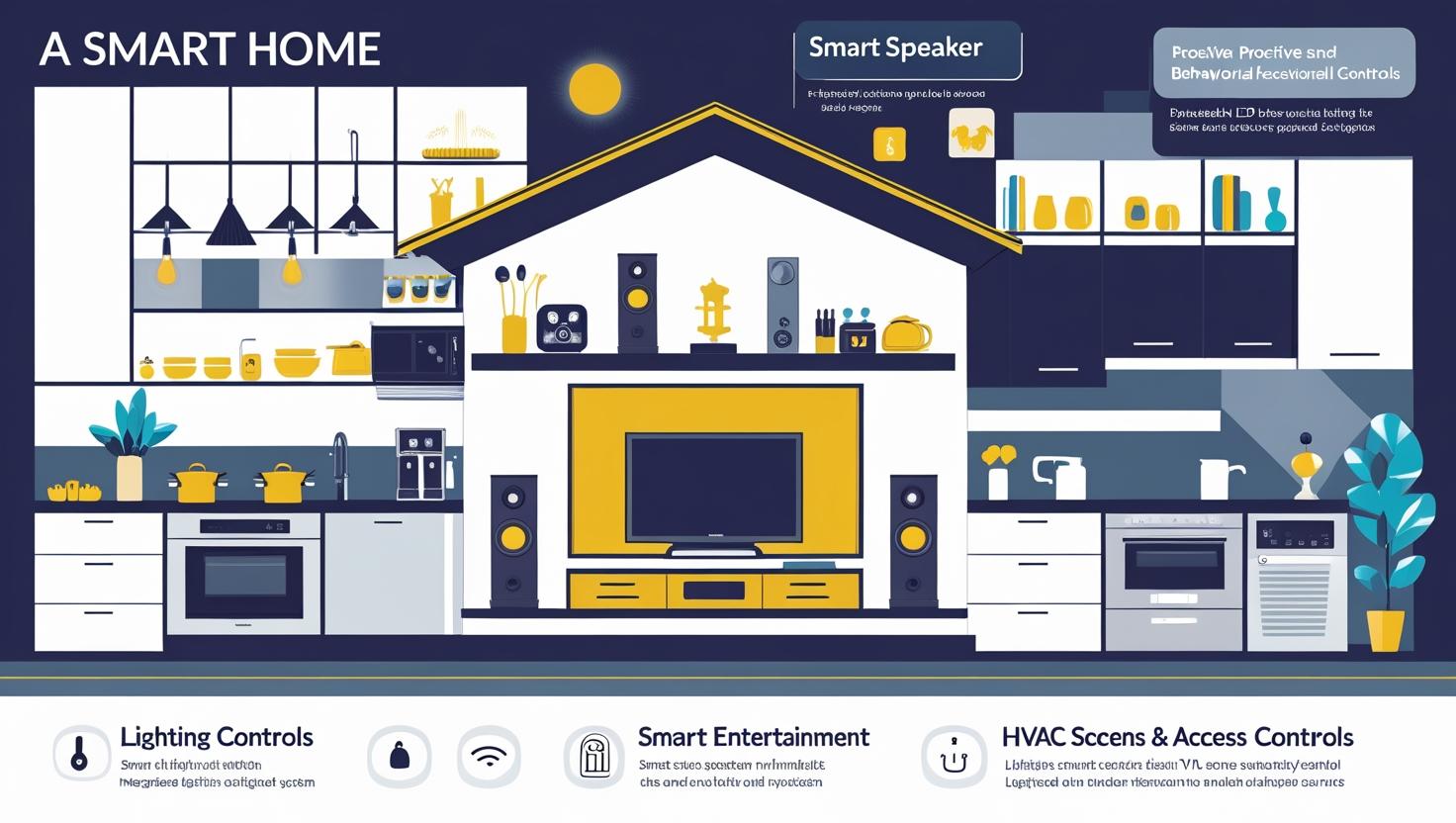The smart home market is rapidly transforming the way we live, blending convenience, security, and sustainability into one seamless experience. Fueled by advancements in IoT, AI, and connected devices, smart homes are no longer a futuristic concept—they are becoming an integral part of modern living. At the heart of this growth are three key trends: integration, automation, and energy efficiency.
Integration: Connecting Every Corner of Your Home
Today’s smart homes are all about connectivity. Devices such as smart speakers, lighting systems, thermostats, and security cameras are increasingly being integrated into centralized platforms. This interconnected ecosystem allows homeowners to control multiple devices through a single app or voice command. The focus on integration is not just about convenience—it also ensures compatibility across different brands and technologies, creating a unified and user-friendly smart home experience.
Download PDF Brochure @ https://www.marketsandmarkets.com/pdfdownloadNew.asp?id=121

Automation: Making Life Effortless
Automation is one of the most compelling features driving smart home adoption. From lighting that adjusts to your daily routine to smart locks that secure your home automatically, automation takes the guesswork out of everyday tasks. Advanced AI algorithms enable devices to learn user behavior over time, providing a truly personalized experience. For example, smart climate control systems can adjust heating and cooling schedules based on occupancy patterns, while security systems can automatically alert homeowners of unusual activity. The result is a home that anticipates needs rather than reacts to them.
Energy Efficiency: Saving Money and the Planet
Sustainability is a growing concern among consumers, and smart home technology is uniquely positioned to address it. Smart thermostats, energy-efficient lighting, and connected appliances allow homeowners to monitor and reduce energy consumption without sacrificing comfort. By automating energy use and providing actionable insights, smart homes can significantly lower utility bills and carbon footprints. This not only benefits individual households but also contributes to broader environmental goals, making smart homes an attractive option for eco-conscious consumers.
Market Outlook and Opportunities
The global smart home market is expected to continue its robust growth, driven by rising consumer awareness, technological innovation, and falling device costs. Key opportunities lie in AI-driven automation, cross-device integration, and energy-efficient solutions. As more consumers recognize the tangible benefits of smart homes—whether in terms of convenience, safety, or sustainability—the demand for advanced smart devices will only accelerate.
Integration, automation, and energy efficiency are reshaping the smart home landscape. By connecting devices, streamlining daily routines, and promoting sustainable living, smart home technology is no longer a luxury—it’s becoming a standard expectation for modern households. For homeowners, businesses, and investors alike, the smart home market presents a dynamic and exciting frontier poised for continued innovation and growth.
FAQ
1. What is the current size of the global smart home market?
The global smart home market is experiencing rapid growth, valued at several tens of billions of dollars in 2025, and is projected to grow at a CAGR of over 20% over the next five years. The expansion is fueled by increasing consumer adoption of connected devices, AI integration, and energy-efficient solutions.
2. Which segments are driving the growth of smart home technology?
Key growth segments include:
-
Home automation systems (lighting, HVAC, and smart appliances)
-
Security & surveillance (cameras, smart locks, alarms)
-
Energy management devices (smart thermostats, connected meters)
Integration and AI-driven automation are major differentiators within these segments.
3. Why is energy efficiency important for smart home investments?
Energy efficiency is a strong selling point for smart homes, appealing to eco-conscious consumers while lowering utility costs. Devices like smart thermostats and connected lighting not only reduce energy consumption but also offer measurable ROI for homeowners, making them attractive from an investment perspective.
4. What regions offer the best growth potential for investors?
North America and Europe currently lead in smart home adoption due to technological infrastructure and consumer awareness. However, Asia-Pacific is emerging as a high-growth market thanks to rising disposable incomes, urbanization, and increasing IoT adoption.
